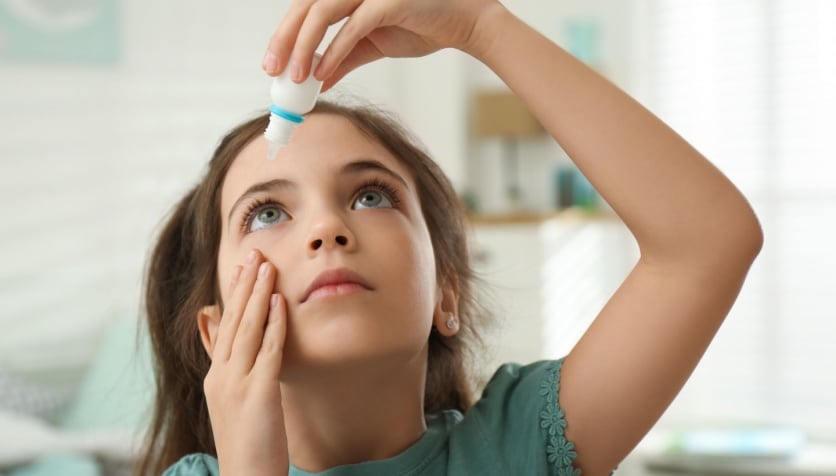
Myopia
Myopia, or nearsightedness, is a very common refractive error, but it can lead to more serious vision issues. Learn what causes myopia and why it's important to manage it.
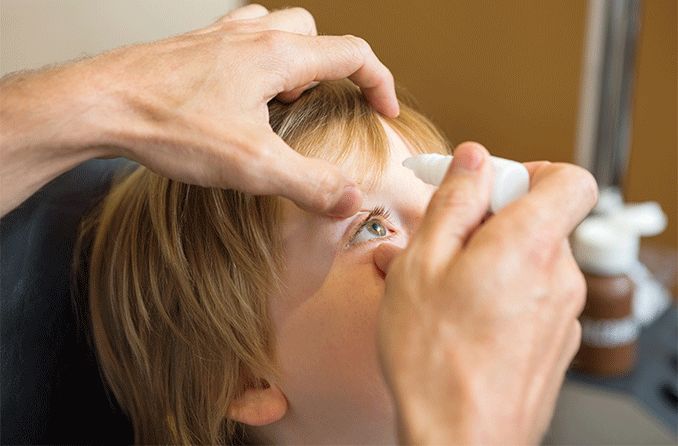
Recent studies have shown that low-dose atropine eye drops for myopia control may slow the progression of myopia and eyeball elongation in children.

Nearsightedness (myopia) and lazy eye (amblyopia) can be similar in one way, but completely different in other ways.

People who have myopia often have higher IQ scores. Learn how a person’s IQ is measured and why being nearsighted can make you smarter.
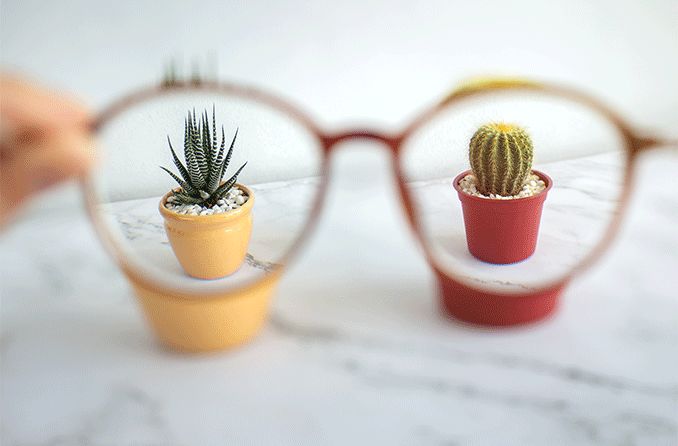
Bilateral myopia is nearsightedness that affects both eyes. Learn more about myopia, including the symptoms and how it can be corrected.

Astigmatism can occur alone or at the same time as myopia. Astigmatism cannot cause myopia. Both are simply a type of refractive error.

Learn the connection between myopia and headaches.

Carrots are a great source of the eye-nurturing nutrient vitamin A. But eating carrots alone is not enough to improve your nearsightedness.
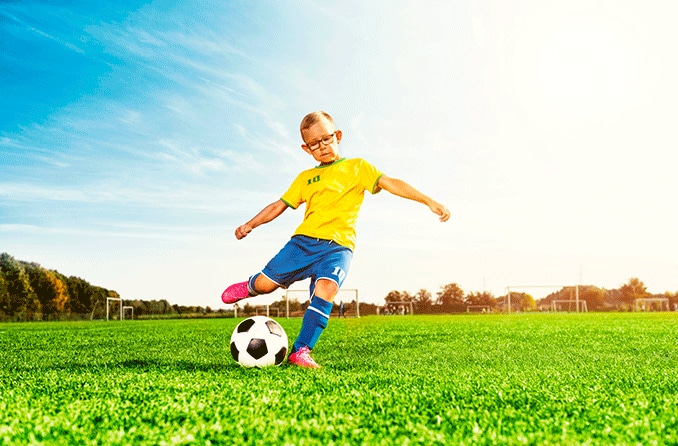
Sports are safe for children with myopia. Wearing prescription eyewear and keeping the eyes protected are extremely important for such occasions.
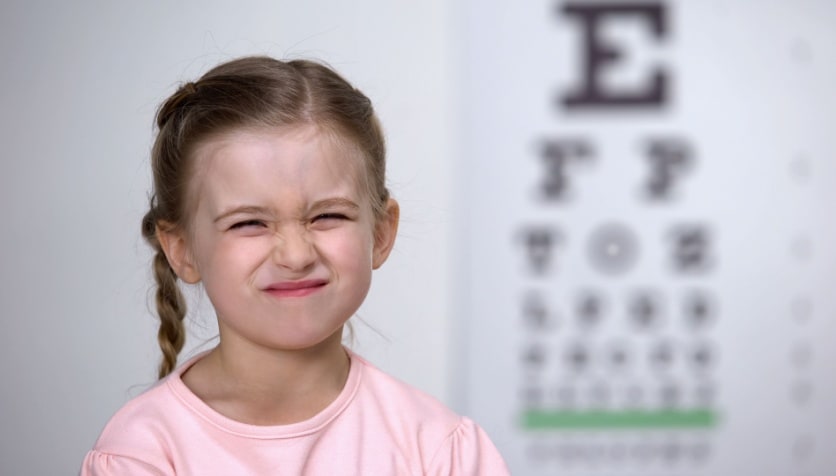
Myopia can lead to serious eye conditions and blindness if it progresses to high myopia. Learn more about high myopia and its potential complications.

Staring at the distance will not cure myopia, although it may relieve eye strain, and possibly have long-term vision benefits as well.
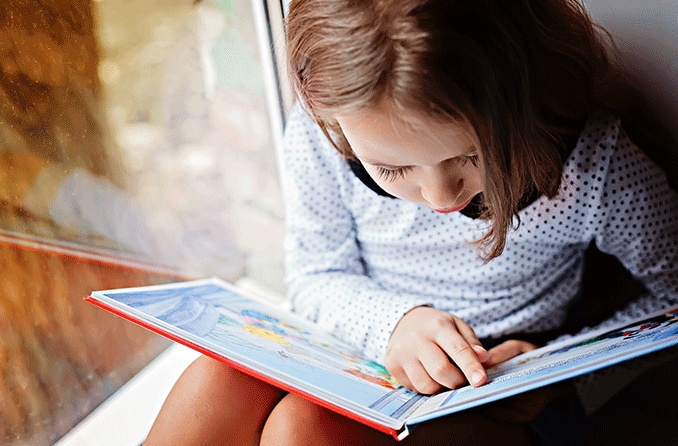
Elementary and middle school children who frequently perform tasks that require near focus, like reading, may be more likely to develop myopia.
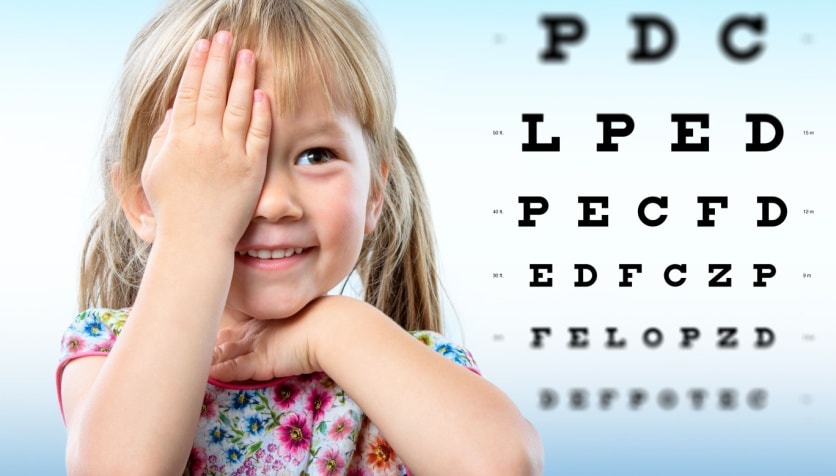
Anisometropia is when each eye has a different vision prescription. Learn more about when one eye has better vision than the other, including how to correct it.

Myopia severity, age of onset, heredity and lifestyle all impact what age myopia stops progressing. Most cases of myopia stabilize by age 15 to 20 years.
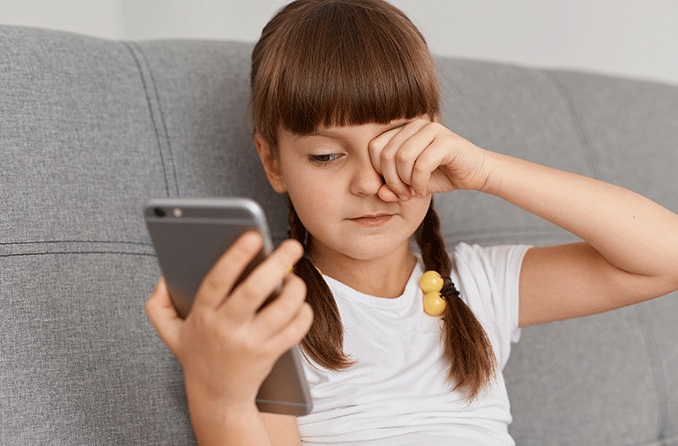
For screen-free week, May 5-11, explore how excessive screen time affects your eyes.
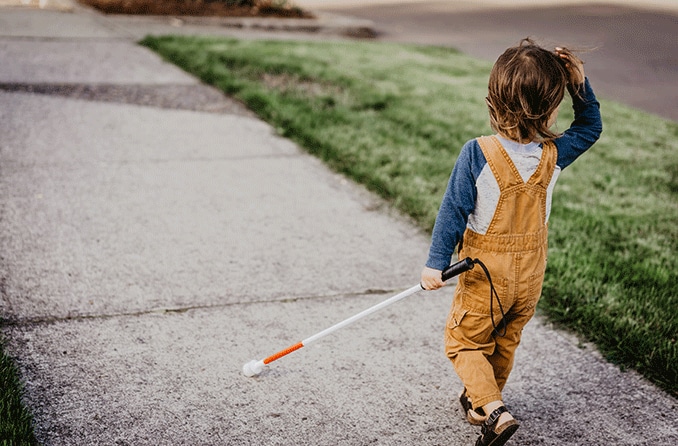
Young children with high myopia may have associated underlying eye or medical conditions. Some rare conditions are explained and discussed in this article.
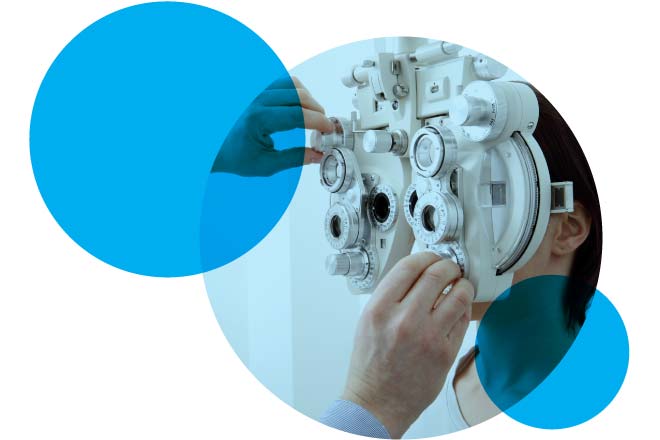
Global Myopia Awareness Coalition (GMAC) is a group of leading ophthalmic companies & eye health associations devoted to public awareness about myopia in children.
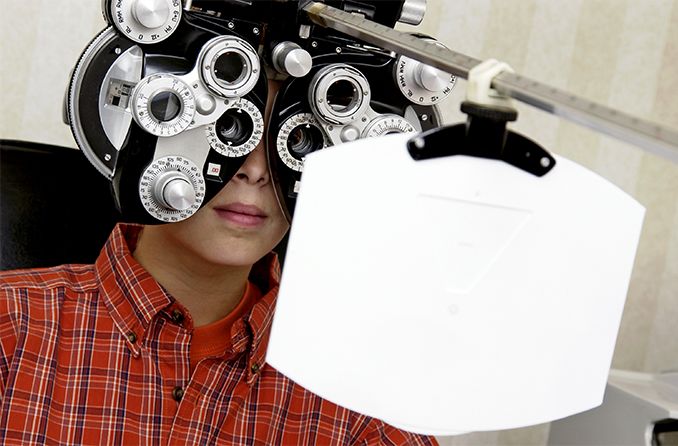
Learn more about high myopia (extreme nearsightedness), when it stabilizes, and how it can increase the risk of developing sight-threatening complications.
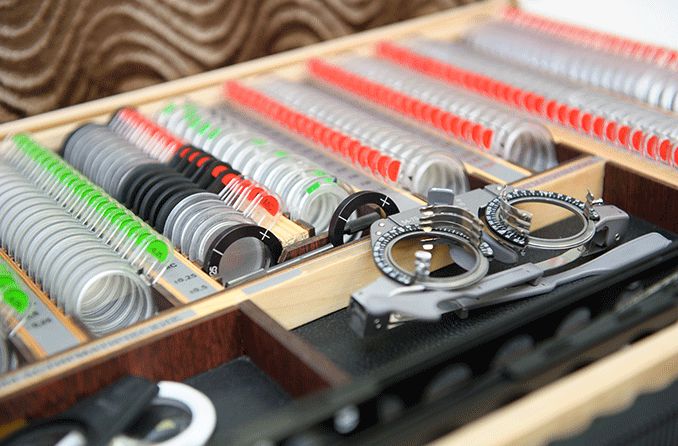
A concave lens corrects nearsightedness by diverging the light rays entering the eye so that they focus directly on the retina instead of in front of it.
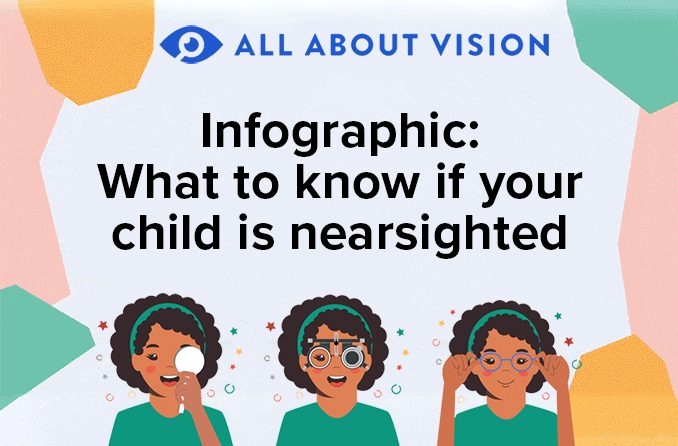
These fast facts on myopia (nearsightedness) can help you understand your child's condition.
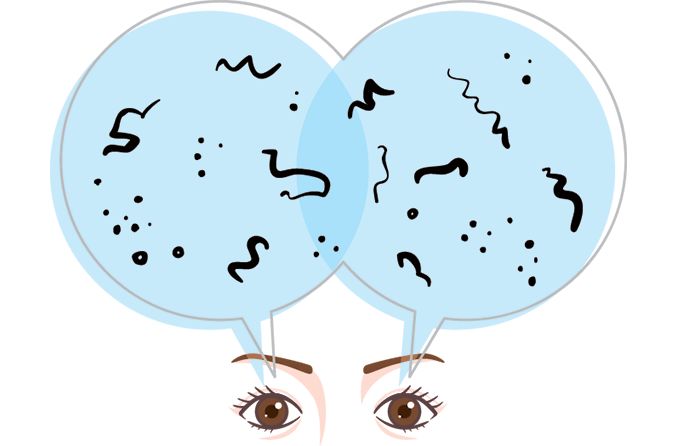
It is normal for young people with myopia, especially high myopia, to have eye floaters. However, an increase in floaters may indicate a more serious issue.

Why can’t myopia be reversed? Learn why the causes behind myopia mean there is no way to reverse it, but its progression can be slowed down.

Having myopia (nearsightedness) and wearing glasses do not qualify as disabilities. Learn more about visual impairments and legal disability criteria.

Whether myopia is more nature vs. nurture seems to be the result of a complex interaction between a person’s genes and environment.
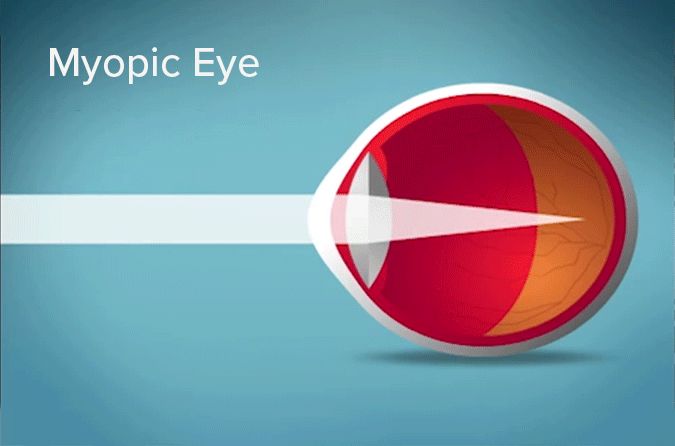
When a person becomes nearsighted, the axial length of their eyeball (the distance from the cornea to the retina) may increase, resulting in axial myopia.

Myopia and other refractive errors in vision can be genetic, but there are other factors. Learn about the genetic and lifestyle aspects of nearsightedness.

Are more people nearsighted or farsighted? Learn how common myopia really is and why, as well as why early diagnosis is important.

There is no cure for myopia, but there are effective ways to manage it. Learn about natural ways to delay myopia and lenses that can slow myopia progression.
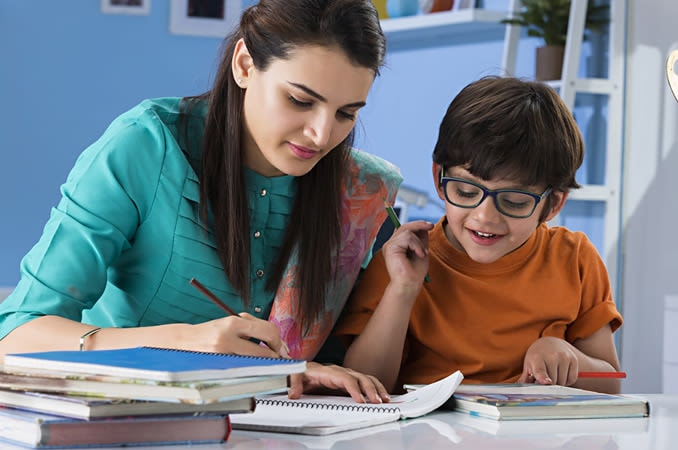
Myopia is often called nearsightedness. If your eyes are myopic, this means distant objects look blurry. Learn more about myopia progression and management.
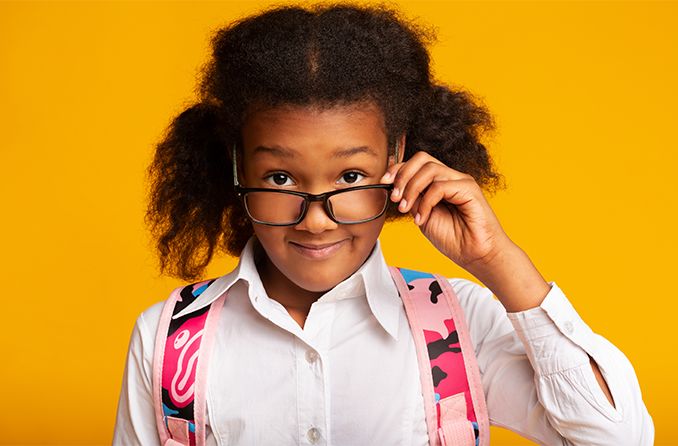
Myopia control refers to methods eye doctors use to slow myopia progression. Learn about myopia control contact lenses, eyeglasses and atropine eye drops.
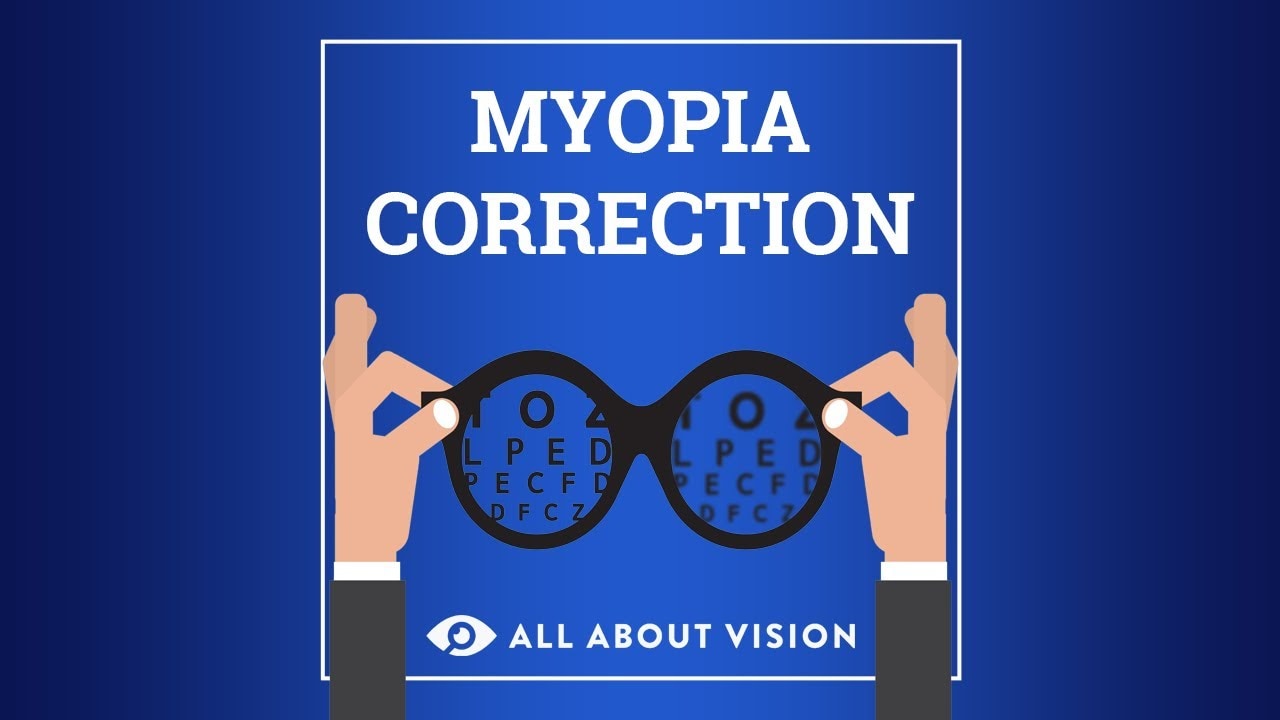
Learn about temporary myopia correction, like eyeglasses or contact lenses, and long term correction like ortho-k or LASIK surgery.
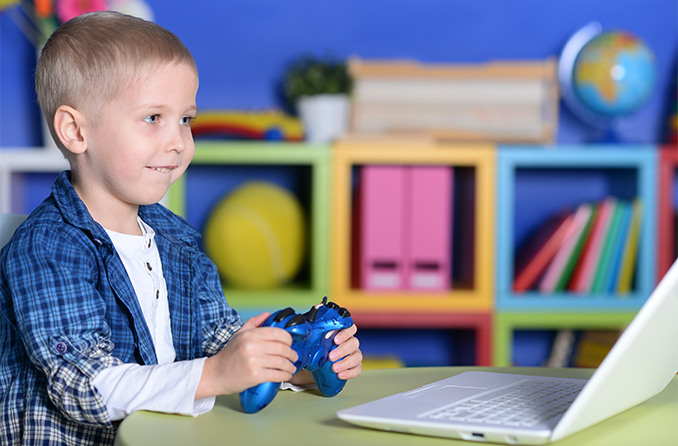
Childhood myopia is a growing concern around the world. Learn about the risk factors for nearsightedness in kids and whether your child may be at risk.

This video covers the ins and outs of nearsightedness (myopia) including who it affects, potential risks, and how to correct it.
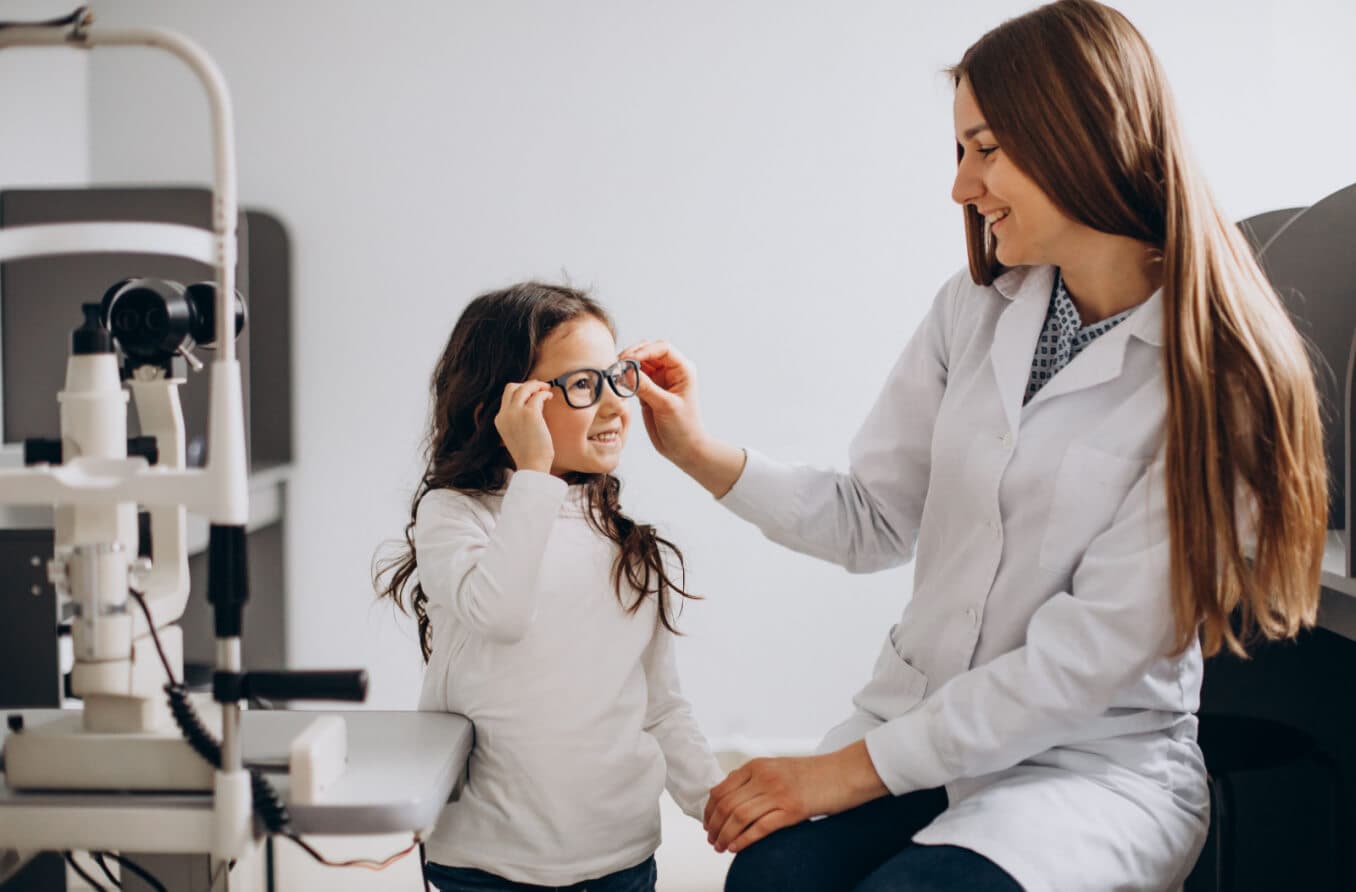
Progressive myopia is when children’s and teenagers’ nearsightedness gets worse every year. Learn why this is a concern and what you can do.
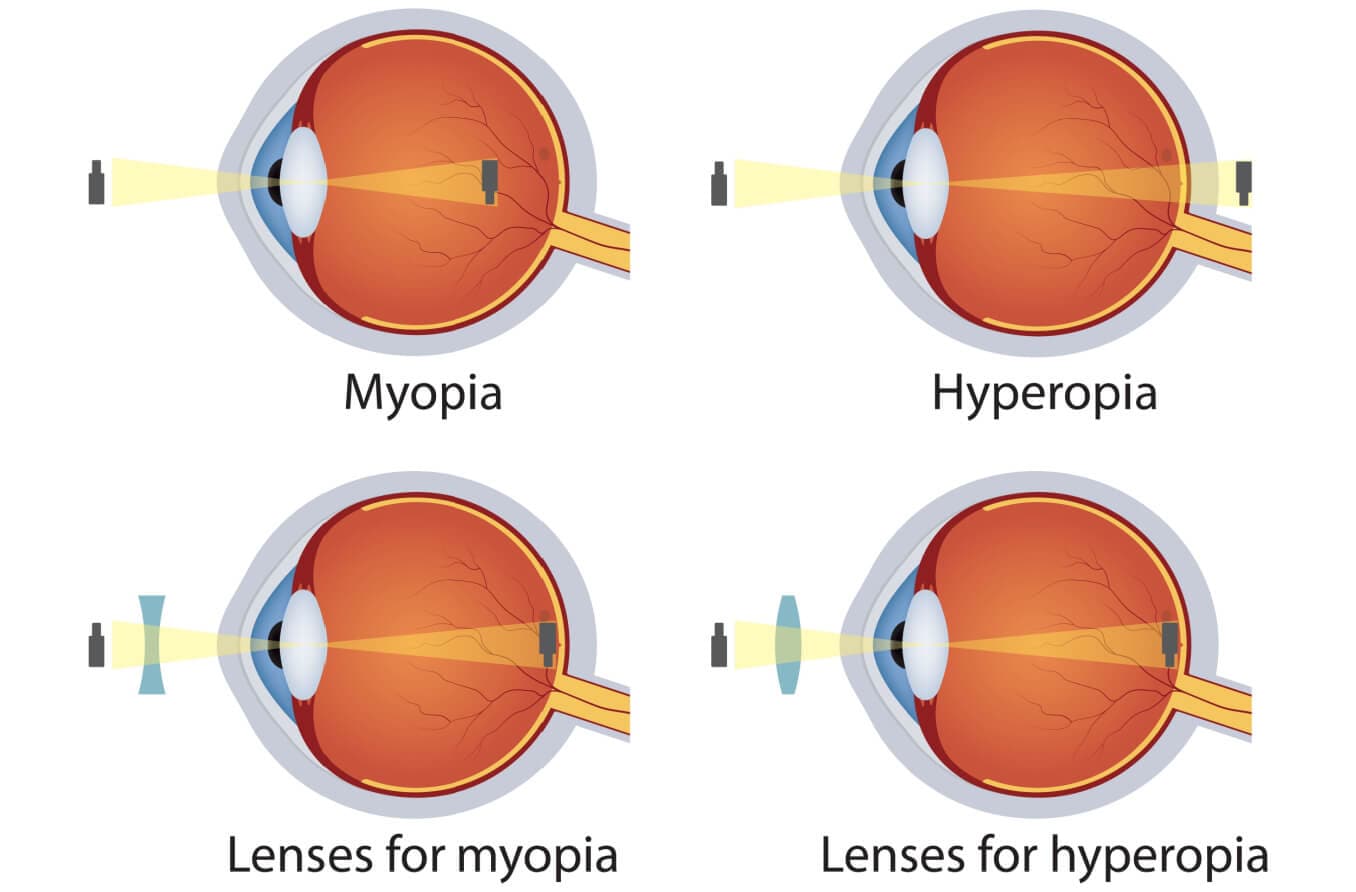
Myopia and hyperopia are two kinds of refractive error that cause blurry vision. Learn which one causes nearsighted vs. farsighted vision.
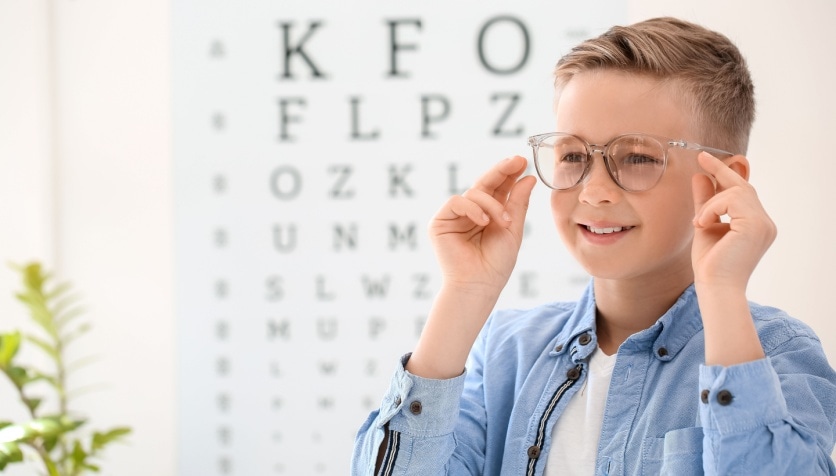
Myopia correction includes prescription glasses, contact lenses and refractive surgery. Learn which type of myopia correction is best for you or your child.

Myopia is also known as nearsightedness and shortsightedness. Learn more about this common cause of blurry distance vision and how to manage it.

Nearsightedness (myopia) symptoms are usually easy to recognize. Find out more about the different ways nearsightedness can affect your vision and lifestyle.

Nearsightedness is another name for myopia, a refractive error that causes blurry distance vision. Learn more about myopia and its other common names.

Pathologic myopia is a type of myopia, not a degree of severity. Learn how pathologic myopia differs from degenerative myopia and high myopia.
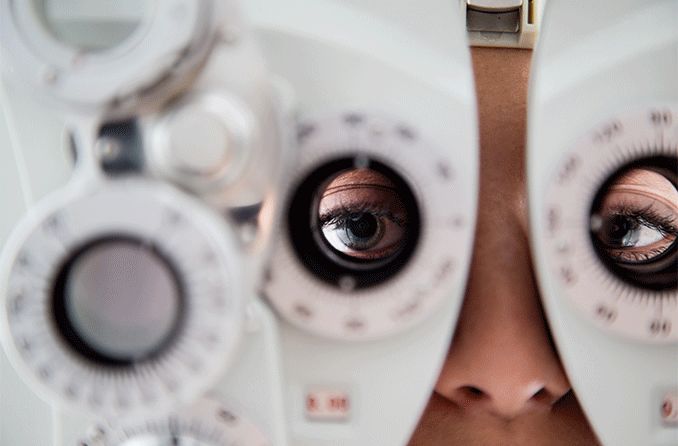
Progressive myopia is nearsightedness that gets worse over time. Learn about the risk factors for progressive myopia and its potential complications.
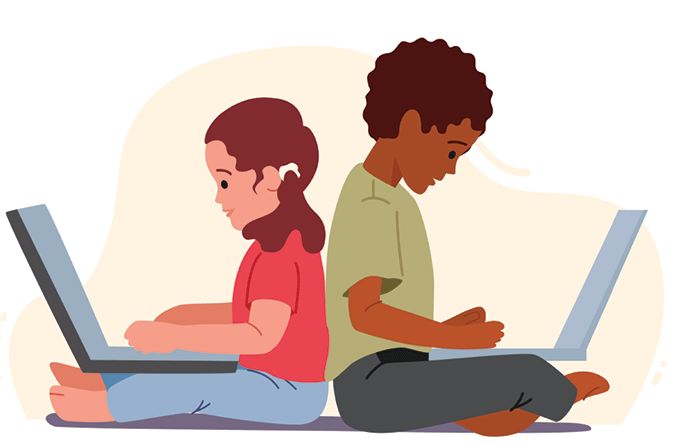
How much screen time is too much? Use this list of screen time recommendations by age to set screen time limits in your family for kids and adults.

The 20-20-20 rule relieves eye strain by reminding you to look at something 20 feet away for 20 seconds every 20 minutes.
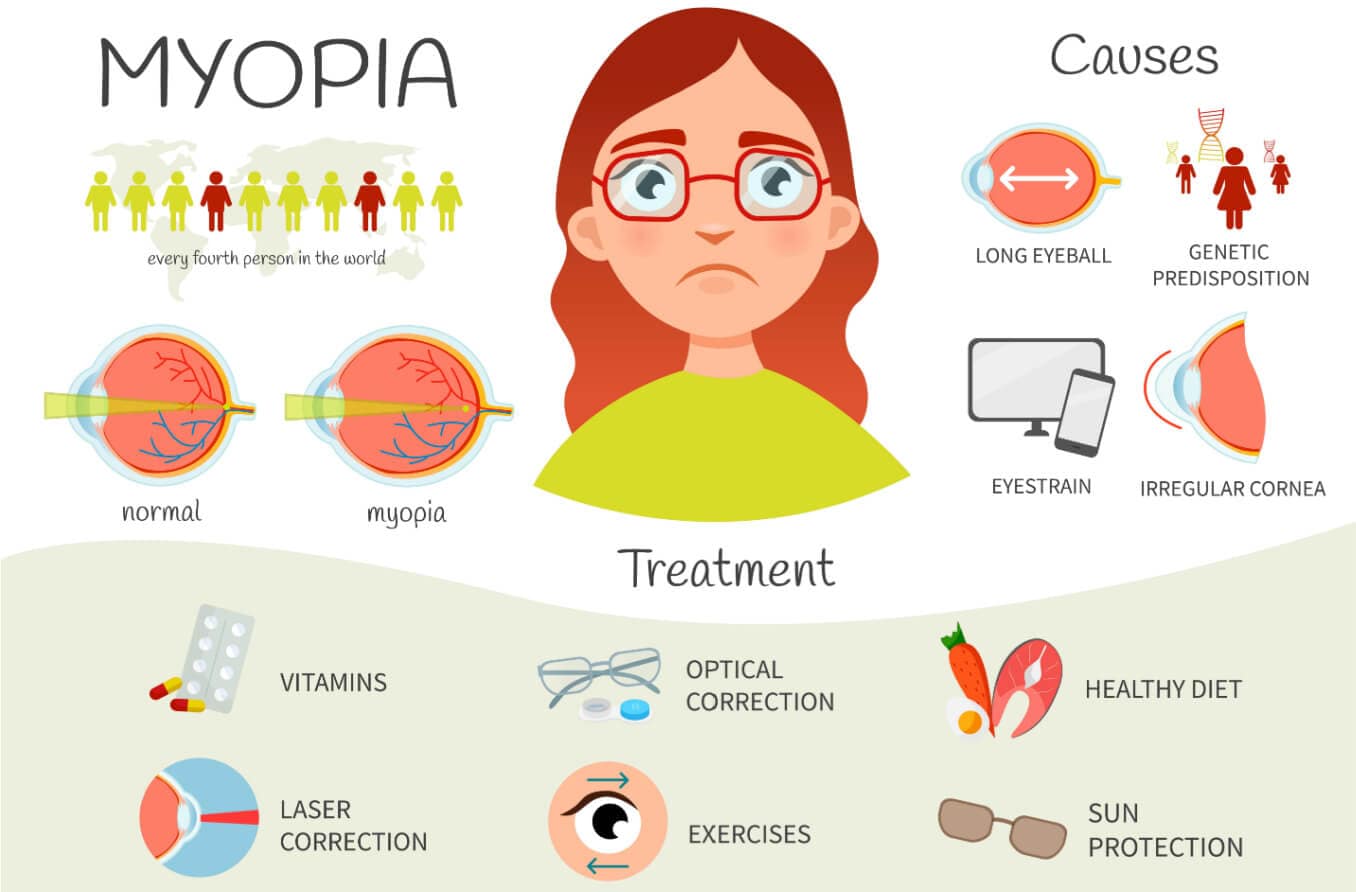
Most people have mild or moderate axial myopia. Learn how myopia can sometimes progress to high myopia or pathologic myopia and strategies to manage it.

Learn how eye doctors can help control the progression of your child's myopia and give them a better chance of having lifelong, healthy vision.

People who are nearsighted have a refractive error called myopia that causes blurry distance vision. Learn which factors may lead to becoming nearsighted.

Studies investigating what causes myopia progression in children cite a child’s genetics, underlying medical conditions, outdoor time, near-work time and correction type.

Myopia affects many people, including celebrities. Check out these famous people who have myopia, including Taylor Swift and Zendaya.

Find out how myopia control eyeglasses, contact lenses, eye drops and habit changes can reduce children’s risk for myopia development and progression.
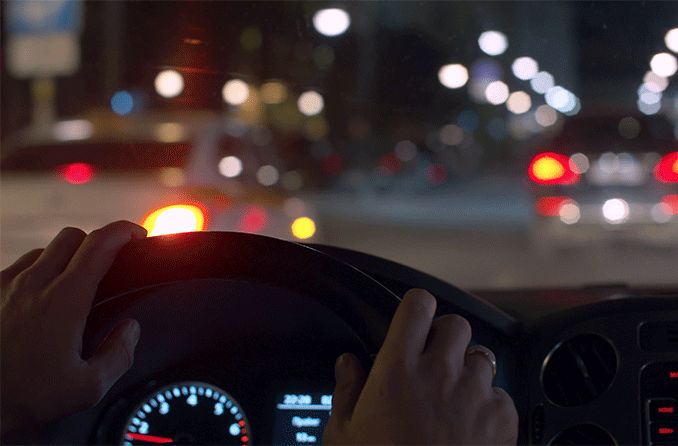
Night myopia causes eyes to become nearsighted in dark conditions, such as nighttime. It can be corrected with glasses or contacts.

Corrective lenses for myopia (nearsightedness) include eyeglass lenses and contact lenses. Learn how these lenses work and how to read your prescription.
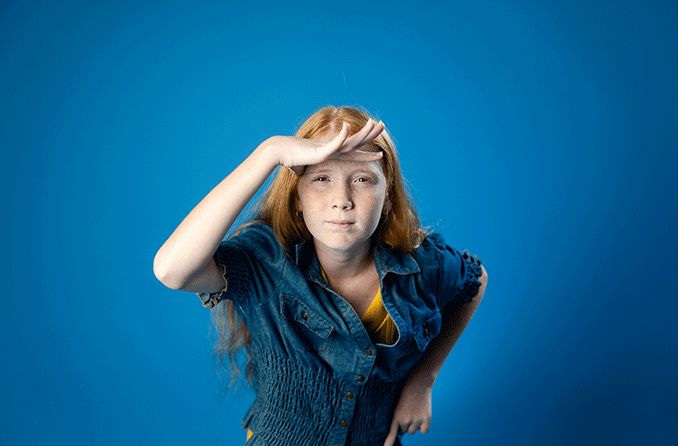
Frequent squinting in children and teens may be a sign of a vision problem. Learn what can cause squinting and options for correction.
All About Vision and AllAboutVision.com are registered trademarks of AAV Media, LLC. © 2000-2025 AAV Media, LLC. The content on this site is for informational purposes only. All About Vision does not provide medical advice, diagnosis or treatment. Contact an eye doctor if you need medical attention.
